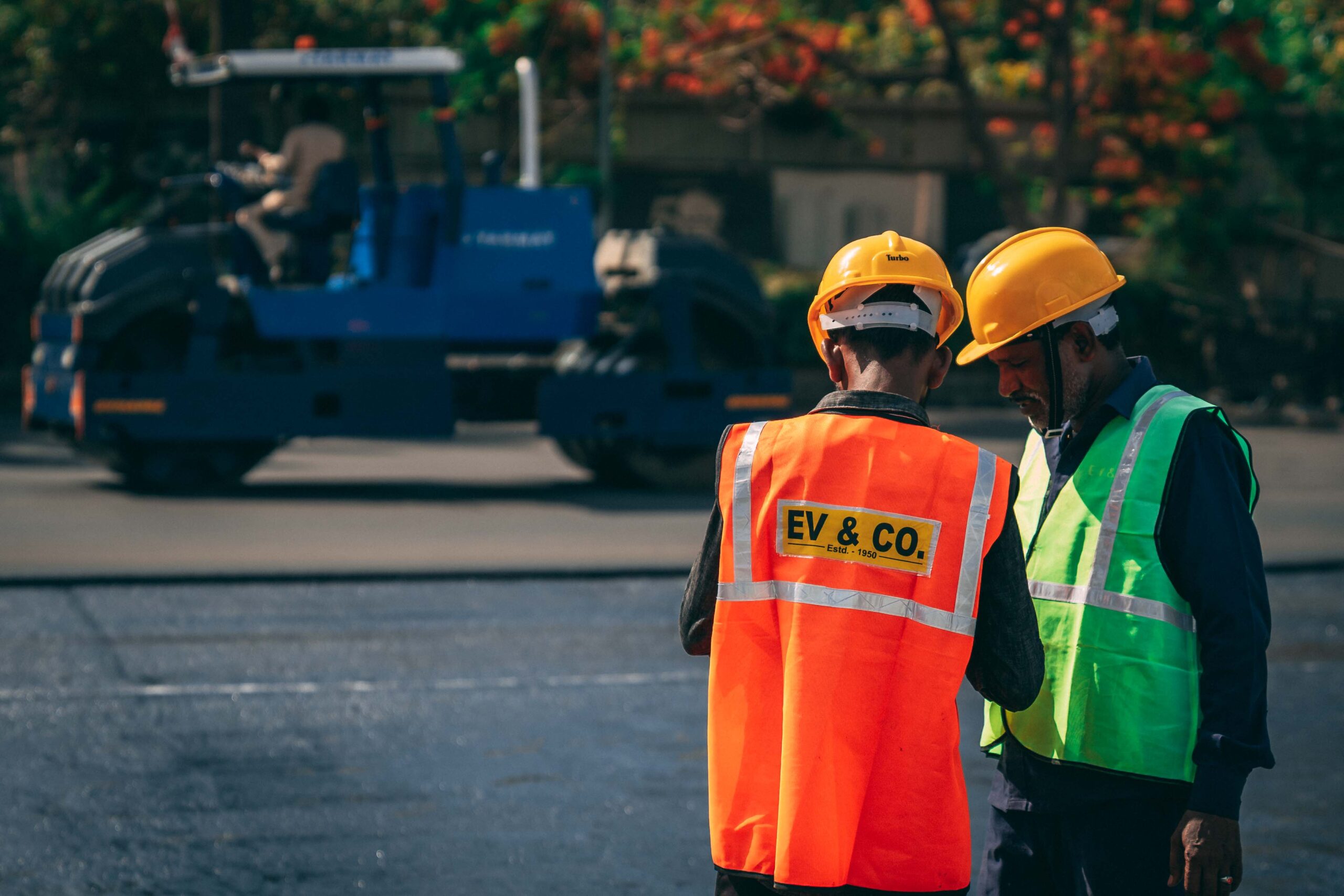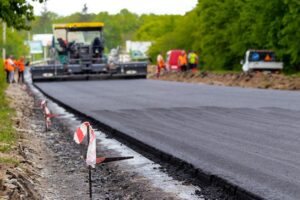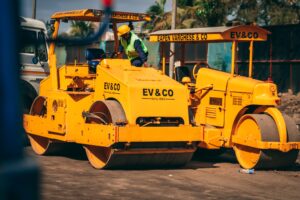Road construction is a vital aspect of infrastructure development, ensuring safer and more efficient travel routes. However, it’s crucial to prioritize safety measures during these projects to protect workers and the public. In this comprehensive guide, we’ll delve into the best practices for road construction safety, covering essential strategies and precautions to enhance safety and minimize risks.
Importance of Road Construction Safety
Constructing roads involves various hazardous tasks and environments, demanding strict adherence to safety protocols. Safety measures not only safeguard workers but also contribute to smoother project execution and overall public safety.
Pre-Construction Safety Measures
Before initiating road construction, thorough planning and preparation are essential. This phase involves:
Site Assessment and Planning
Evaluate the construction site meticulously to identify potential hazards, obstacles, and environmental factors. Proper planning ensures proactive risk management.
Training and Education
Providing comprehensive training programs equips workers with the necessary skills and knowledge to handle equipment and understand safety protocols.
On-Site Safety Protocols
Once construction begins, implementing stringent safety measures is imperative:
Personal Protective Equipment (PPE)
Mandate the use of appropriate PPE, including hard hats, reflective vests, goggles, gloves, and steel-toed boots, to minimize injury risks.
Equipment Maintenance and Inspection
Regular maintenance and inspection of construction machinery and tools are vital to prevent accidents caused by malfunctioning equipment.
Traffic Management and Control
Signage and Warning Systems
Clear and visible signage, barricades, and warning lights are crucial to guide traffic safely around construction zones, reducing the risk of accidents.
Work Zone Safety
Establish designated work zones with proper barriers to separate construction areas from traffic flow, ensuring the safety of workers and commuters.
Emergency Response and Preparedness
First Aid and Emergency Procedures
Train personnel in first aid techniques and establish protocols for immediate response to accidents or medical emergencies.
Conclusion
In conclusion, adhering to strict safety practices is non-negotiable in road construction. Prioritizing pre-construction planning, implementing on-site safety protocols, managing traffic effectively, and ensuring preparedness for emergencies are pivotal in creating a safer work environment.



